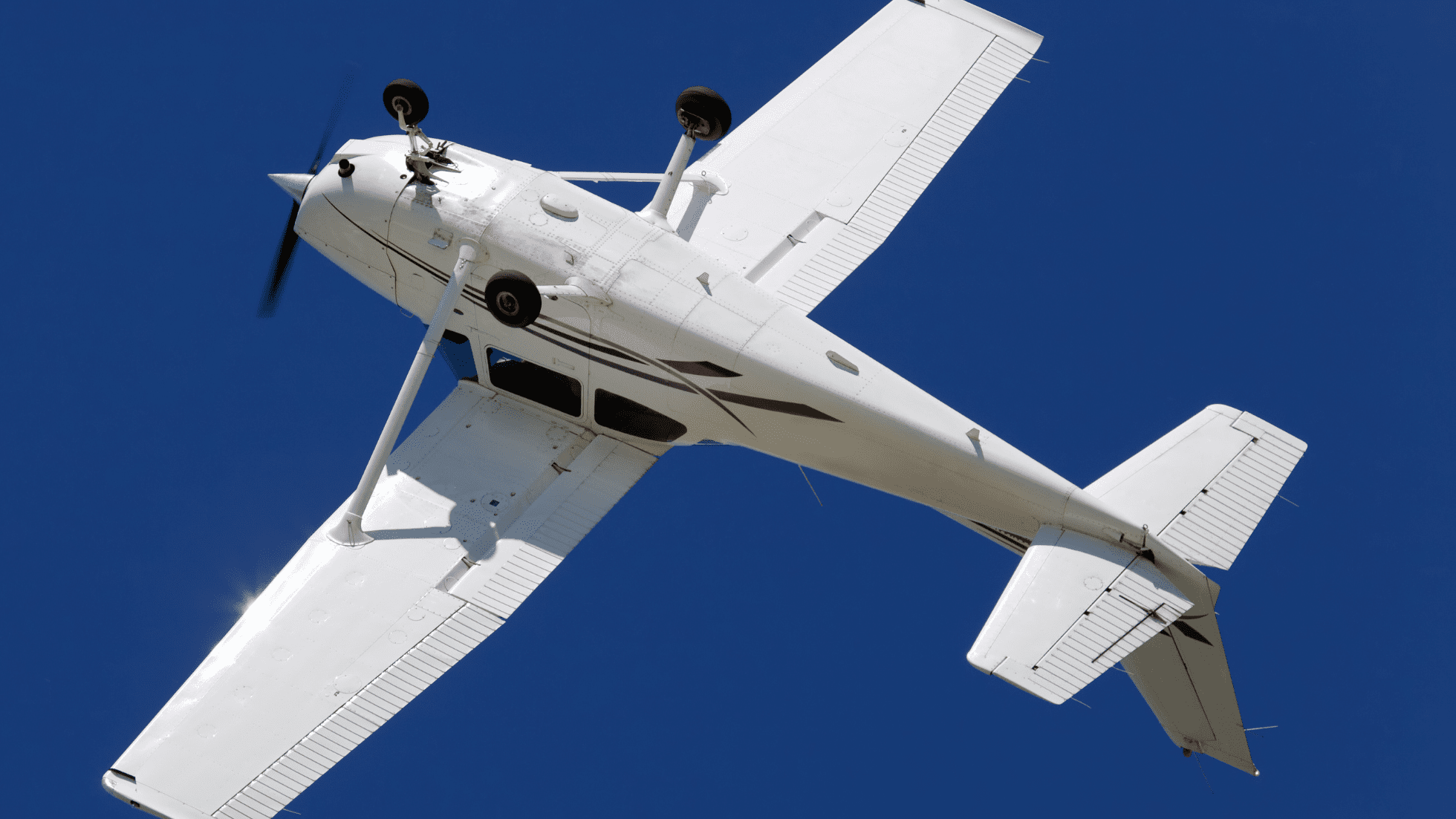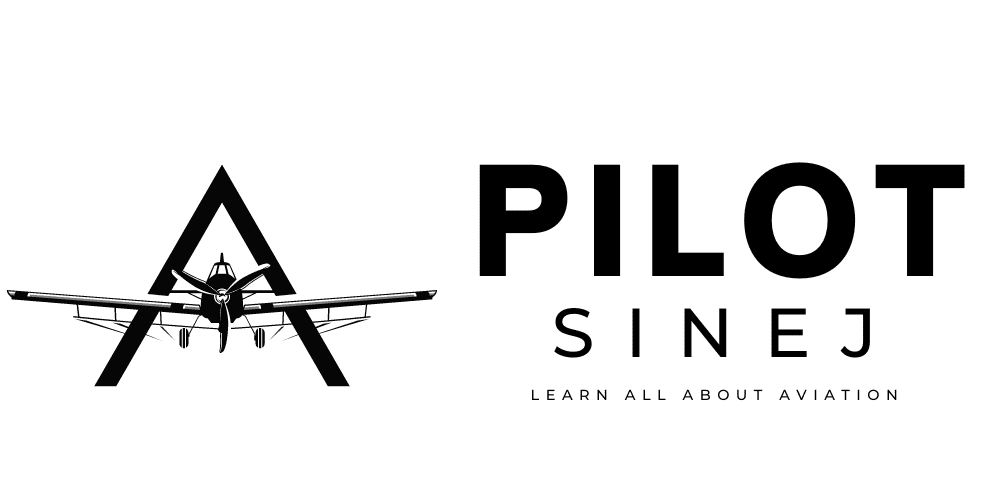What is Load Factor?
The term “Load Factor” in aviation refers to the force acting on an aircraft’s structure in relation to the static weight of the aircraft. It’s often expressed in terms of “G” or “G-force.” A load factor of 1 G means the force acting on the aircraft is equal to its static weight, while 2 Gs means the force is twice its weight, and so on.
When an aircraft undergoes maneuvers like a pull-up or a push-over, the load factor changes due to the change in the aircraft’s flight path and the aerodynamic forces acting upon it. Here’s a deeper dive:
Load Factor in Pull-up:
A “pull-up” is a maneuver where the pilot increases the aircraft’s pitch angle, causing the aircraft to climb. During a pull-up:
- Aerodynamic Load: As the pilot pulls back on the control column or stick, the aircraft’s angle of attack increases. This leads to an increase in the lift generated by the wings.
- Inertial Load: The aircraft’s desire to continue in its original straight path (due to inertia) adds to the effective load on the aircraft.
The combination of these two factors results in a load factor greater than 1 G. The steeper and more abrupt the pull-up, the higher the load factor.

Load Factor in Push-over:
A “push-over” is the opposite of a pull-up. In this maneuver, the pilot decreases the aircraft’s pitch angle, causing it to descend. During a push-over:
- Aerodynamic Load: Pushing forward on the control column or stick decreases the aircraft’s angle of attack, which reduces the lift generated by the wings.
- Inertial Load: The aircraft’s inertia still wants it to continue on its original path.
The combination of these factors results in a load factor less than 1 G, and in extreme cases, can even lead to negative G-forces, where it feels like everything in the aircraft is being pushed “upward” (toward the roof of the cockpit).
Why is Load Factor Important?
- Aircraft Limitations: Aircraft structures are designed to withstand specific maximum and minimum G-forces. Exceeding these limits can lead to structural damage or even catastrophic failure.
- Stalling Speed: As the load factor increases, the stalling speed of the aircraft also increases. This means an aircraft can stall at a much higher speed in a steep turn or pull-up than it would in straight and level flight.
- Physiological Effects on Pilots: High positive G-forces can lead to the sensation of being pressed into the seat, while high negative G-forces can cause a feeling of weightlessness or being lifted out of the seat. Extreme positive G-forces can cause “G-LOC” or G-induced loss of consciousness, as blood is pushed away from the brain.
Understanding and managing load factors, especially during aggressive maneuvers or turbulent conditions, is crucial for both aircraft safety and pilot well-being.
Calculating Load Factor
To determine the load factor, one divides the lift (the force generated by the wings to oppose gravity) by the weight of the aircraft.
In level flight without any accelerative forces, the lift is equal to the weight, giving a load factor of 1 G. During maneuvers, this changes.
For instance, during a steep turn or pull-up, the lift increases, leading to a load factor greater than 1 G.
The formula is quite easy:
a) Load Factor (n) in a level turn = 1/cos(θ)
Where:
θ = Bank Angle
b) Load Factor in Pull-up or Push-over = V² / Vs²
Where:
V = Current airspeed
Vs= Stall speed in level flight
How Load Factor Affects Aircraft Performance
Load factor is closely intertwined with aircraft performance. A higher load factor, caused by maneuvers or external forces like turbulence, increases the stalling speed of an aircraft.
This means that while turning sharply or pulling up, an aircraft might stall at a speed it wouldn’t during level flight.
Beyond aerodynamic considerations, aircraft structures have specific load factor limits, which, when exceeded, can risk structural damage.
Factors Increasing Load Factor
Several factors can increase an aircraft’s load factor. Aerobatic maneuvers like steep turns, pull-ups, and dives naturally elevate the load factor.
Turbulence can also introduce sudden and unexpected load factors. Additionally, abrupt control inputs, especially at high speeds, can increase the G-forces experienced by the aircraft.
It’s vital for pilots to be aware of these factors, especially when flying close to the ground or near the aircraft’s operational limits.
Understanding load factor is crucial not only for pilot training but also for anyone interested in the nuances of flight. It’s a fundamental concept that impacts safety, performance, and the structural integrity of aircraft.
In “Load Factor in Aviation: Understanding G-Forces in Flight”, we’ve delved into the theory and practical implications of this dynamic force.
As aviation continues to evolve with more advanced aircraft and systems, the principles of load factor remain a constant – a testament to its foundational role in the realm of flight.
